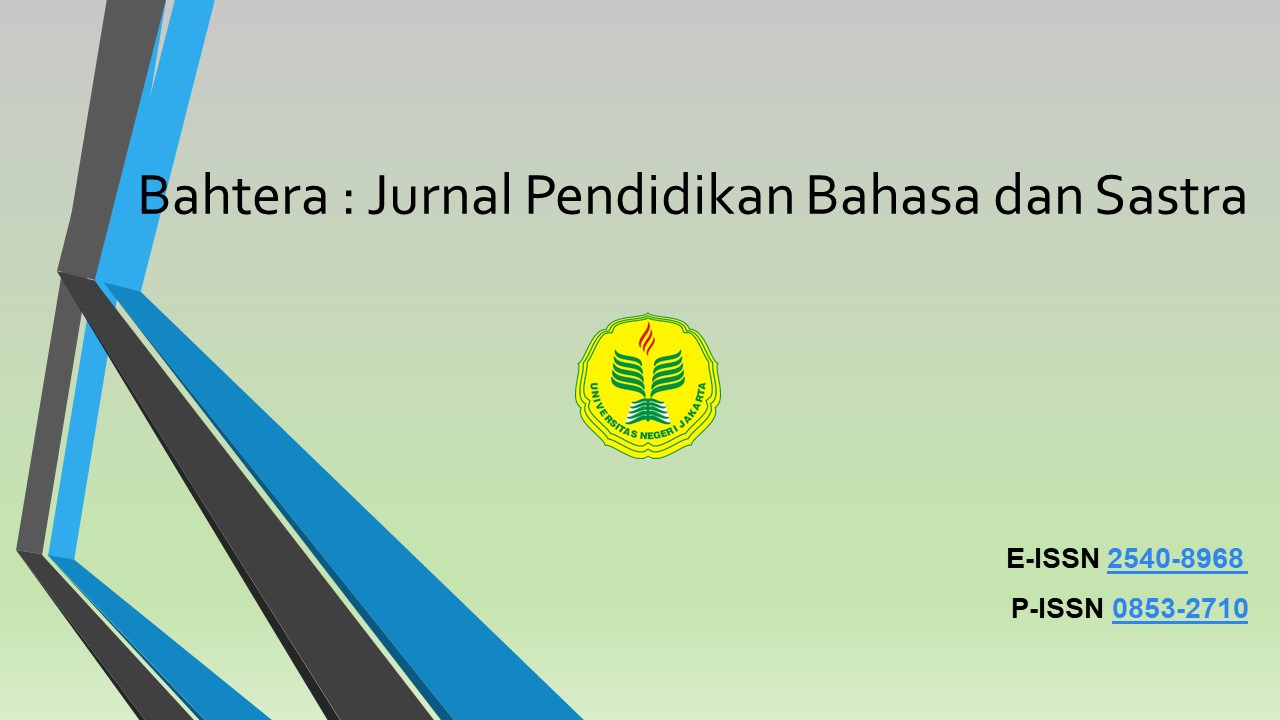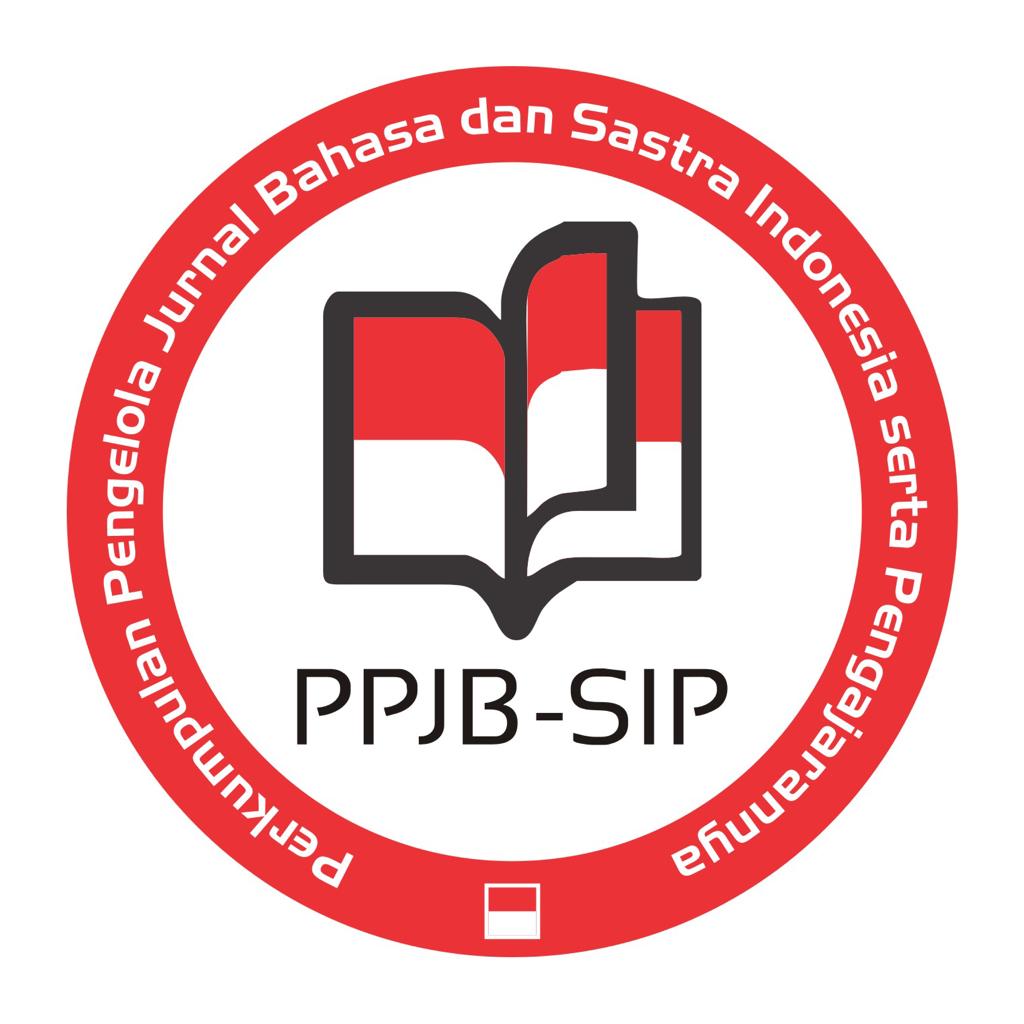THE USE OF SURVEY APPLICATION TO CREATE LEARNING MODULES IN THE PANDEMIC ERA
DOI:
https://doi.org/10.21009/bahtera.211.09Keywords:
Needs analysis; Designing modulesAbstract
Effective learning needs to be supported by adequate facilities and infrastructure that are approved in finding relevant references and materials. In the field, learning is quite difficult in the learning process because of limited referrals/material. Therefore, it is necessary to design a module that is by following the syllabus (RPS) that helps students learn independently. The purpose of the research is to find the needs and desires that are expected in the course modules in linguistic/literature research methods. The research method used was conducting a survey using questionnaires and conducting interviews. The questionnaire analyzes the needs of students and lecturers who are then analyzed by identifying based on their needs. The questionnaire for needs analysis is published with SurveyMonkey media application to facilitate the process of filling out the questionnaire. The results of the interview activities will be described qualitatively based on field observations. The subjects of the study were 100 students in the 6th semester and three lecturers who were lecturers parallel to this course. The results of this study consisted of an analysis of student needs and the views of the lecturers regarding the design content of the module, which contained; dimension of content, learning
References
Emily, S. (2011). A practical application of SurveyMonkey as a remote usability‐testing tool. Library Hi Tech, 29(3), 436–445. https://doi.org/10.1108/0737883111117440
Febriani, M. (2012). Pengembangan bahan ajar apresiasi dongeng Banyumas bagi siswa SD kelas rendah. Jurnal Pendidikan Bahasa dan Sastra Indonesia, 1(1).
Helaluddin, H. (2017). Analisis struktur esai mahasiswa pada mata kuliah bahasa Indonesia di IAIN Sultan Maulana Hasanuddin Banten. Jurnal Bindo Sastra, 1(1), 15–23.
Mardiana, M., & Fitriani, E. (2016). Developing signs and songs materials dealing with the 2013 curriculum for the seventh grade students in Mtsn Balang-balang. Langkawi: Journal of The Association for Arabic and English, 2(2), 187–201.
Morrisan, M. A. (2012). Metode penelitian survei. Kencana.
Nurjaya, G. (2012). Pengembangan bahan ajar metode pembelajaran bahasa dan sastra Indonesia berbasis pembelajaran kooperatif jigsaw untuk meningkatkan pemahaman dan kemampuan aplikatif mahasiswa. JPI (Jurnal Pendidikan Indonesia), 1(2).
Ponto, J. (2015). Understanding and evaluating survey research. Journal of The Advanced Practitioner in Oncology, 6(2), 168-171.
Puspitasari, I. (2013). English for computer science: Sebuah analisis kebutuhan bahasa Inggris pada mahasiswa teknik informatika. Probisnis, 6(1).
Sanjaya, W. (2015). Perencanaan dan desain sistem pembelajaran. Kencana.
Supratiknya, A. (2011). Merancang program dan modul. Universitas Sanata Dharma.
Syafii, M. L., & Gestanti, R. A. (2018). Developing English materials for EFL learners at Islamic junior high school. JEELS (Journal of English Education and Linguistics Studies), 4(2), 199–220.
Waclawski, E. (2012). How I use it: Survey monkey. Occupational Medicine, 62(6), 477.
Downloads
Published
How to Cite
Issue
Section
License
License & Copyright
This work is licensed under a Creative Commons Attribution 4.0 International License.










